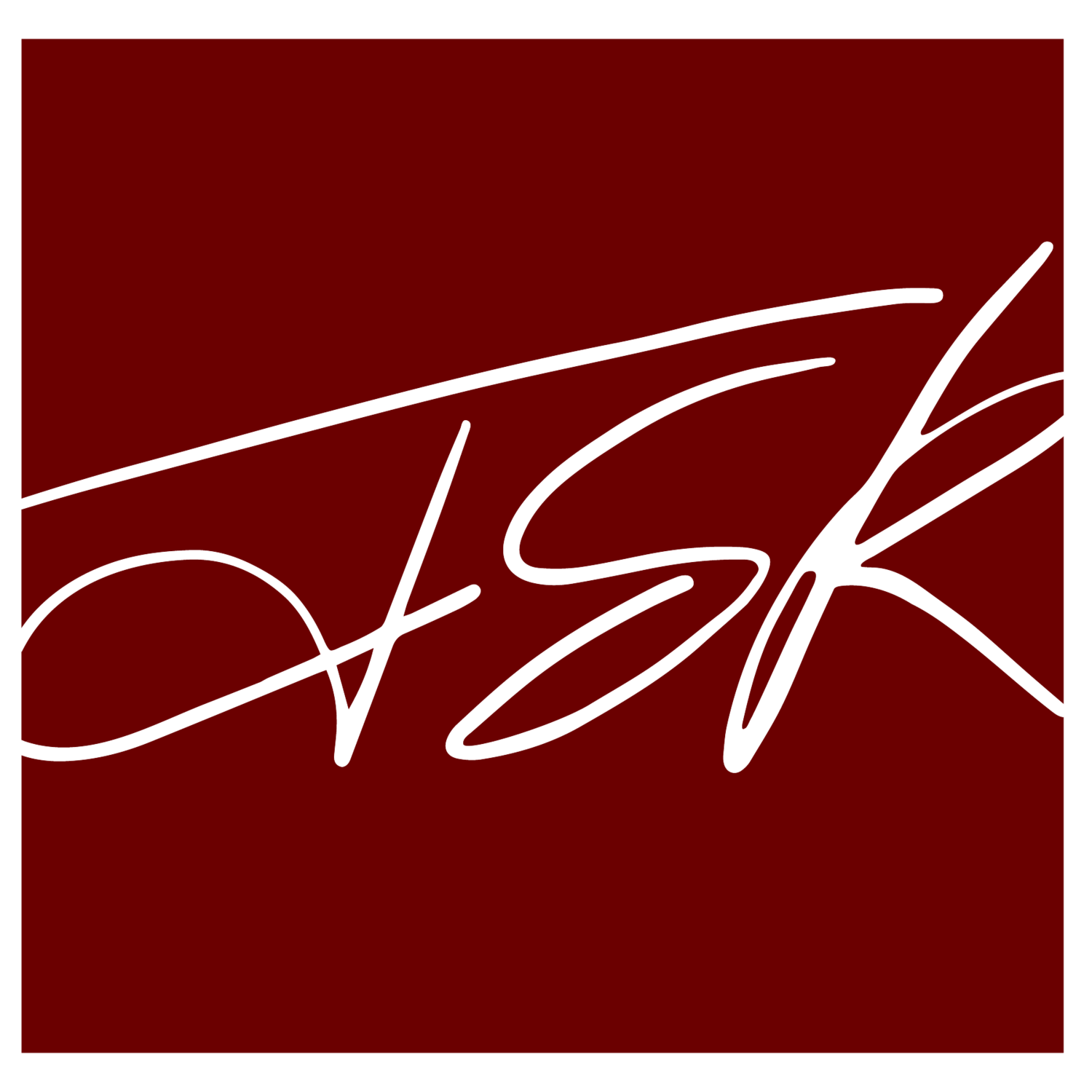Make the most of 2016 through enhanced technology and care
By Jane Rohde, AIA, FIIDA, ACHA, AAHID, LEED AP, Green Globes CIEB Assessor
What are your goals this year? After traveling from the U.S. to China and back to Los Angeles to facilitate a workshop and teach two CEU programs in Dallas and Houston all in three weeks, mine is to carve out family time! Thanksgiving consisted of pizza made by an expat from Brooklyn who now lives in Hangzhou, China—so I’m also planning cooking time during the gatherings and celebrations in 2016.
Design professionals that I talk to are all trying to better balance the fastest of fast-paced project work and the return of a supportive economy with family, friends, and personal time. Once upon a time we thought that technology was going to lead to increased efficiency that could potentially reduce the hours required to complete project work. Instead, it seems to continually offer more ways and options, and no one can ever catch up! A client the other day requested “instant” renderings, because she saw it on HGTV. Clients often think 3-D renderings are as simple as pushing a single button!
TECHNOLOGY IS ALIVE
We’ve all made a statement along the lines of: “When technology works, it’s great. But when it doesn’t…” Well, you get the idea.
To be a viable design firm, technology is essential, but how is technology supporting the healthcare design marketplace? Can technology be a tool that limits risks in a healthcare setting? Can technology reduce full-time equivalent staff?
In December, I discussed a new system of sensors with a colleague while in China working on the opening of the first resident-centered nursing home. He is the CEO of a continuing care retirement community in the U.S. Its team recently installed a sensor that utilizes technology to alert staff when a resident falls. Given that older adults do fall, a system that also locates the resident would be ideal.
In concept, this seemed like the perfect type of sensor for senior settings. However, a resident had a fall and no one was alerted. After a couple of incidences, the manufacturer was brought back in to review the components. They were all in operating order, but the alert wasn’t triggered because the resident is required to fall in a certain way. This is impossible! The concept is great, but the execution needs to be evaluated.
Wireless nurse call has changed the face of how a resident room can be designed in long-term care. No longer is a room inflexible because a nurse call station has to be hardwired. We are always looking for ways to allow residents to arrange their rooms and personal effects in a way that is meaningful for them, including choice and preference. Providing wireless nurse call allows a resident bed to be located anywhere within a room instead of having a dedicated head wall, as is often found in more institutional settings.
TECHNOLOGY SUPPORTS LIVING
Electronic Health Records (EHR) has been underway in the healthcare sector for a long time. Clinics and acute care providers have been in the forefront of complying with requirements, which is indicative of all the portals that are now available for reviewing test results, posting referrals, scheduling appointments, and paying bills. Utilizing EHR is happening in the long-term care sector too, but has been a slower implementation.
Many communities want to broaden the base of EHR to include a “life plan” versus a “care plan.” The goal is to include all aspects of a unique person’s life that support “living” versus identifying someone only through their medical diagnosis. This would include meal preferences, activity choices, and other individual characteristics that make up meaningful engagement for a person-centered evaluation.
Although technology can play a role as a tool to help care staff, it is not a replacement for human interaction with residents and patients. The goal should be to engage with technology that reduces charting time, streamlines supply stocking, and reduces staff steps to point-of-service storage areas. Ultimately the desire would be for technology to be the “ideal assistant”—in turn allowing care staff to spend more direct, hands-on time with residents and patients.
For the building itself, there are motion sensors that move window shades in conjunction with the movement of the sun, programmable thermostats based on sensors and ranges of temperature, and water conservation components. At the onset of the green building movement, these technologies were not as prolific, but now the cost is lower and monitoring systems are widely utilized.
Demonstrating a return on investment is the best way to incorporate technology in order for the client to understand payback. Utilization of building automated systems (BAS) is more prevalent not only in larger healthcare settings, but also in smaller buildings as a way to benchmark and manage operational costs and outcomes.
LOVE THE ONE YOU’RE WITH
As everyone moves past the holidays and back into the swing of things in 2016, I encourage you to spend time with dear friends and family—even if you have to schedule it on an electronic device to make sure the work world doesn’t take over. The personal time you take is truly priceless.
The New Year is a good time to reevaluate the priorities in your life. And who knows? I’m sure their will eventually be an all-inclusive app that tells you when to take a break—instead of referencing your calendar, it will just shut down your electronics! What a wellness break for the soul that would be.
Here’s to a happy 2016 full of purpose and meaningful moments!
Article can be found on Interiors & Sources website.
